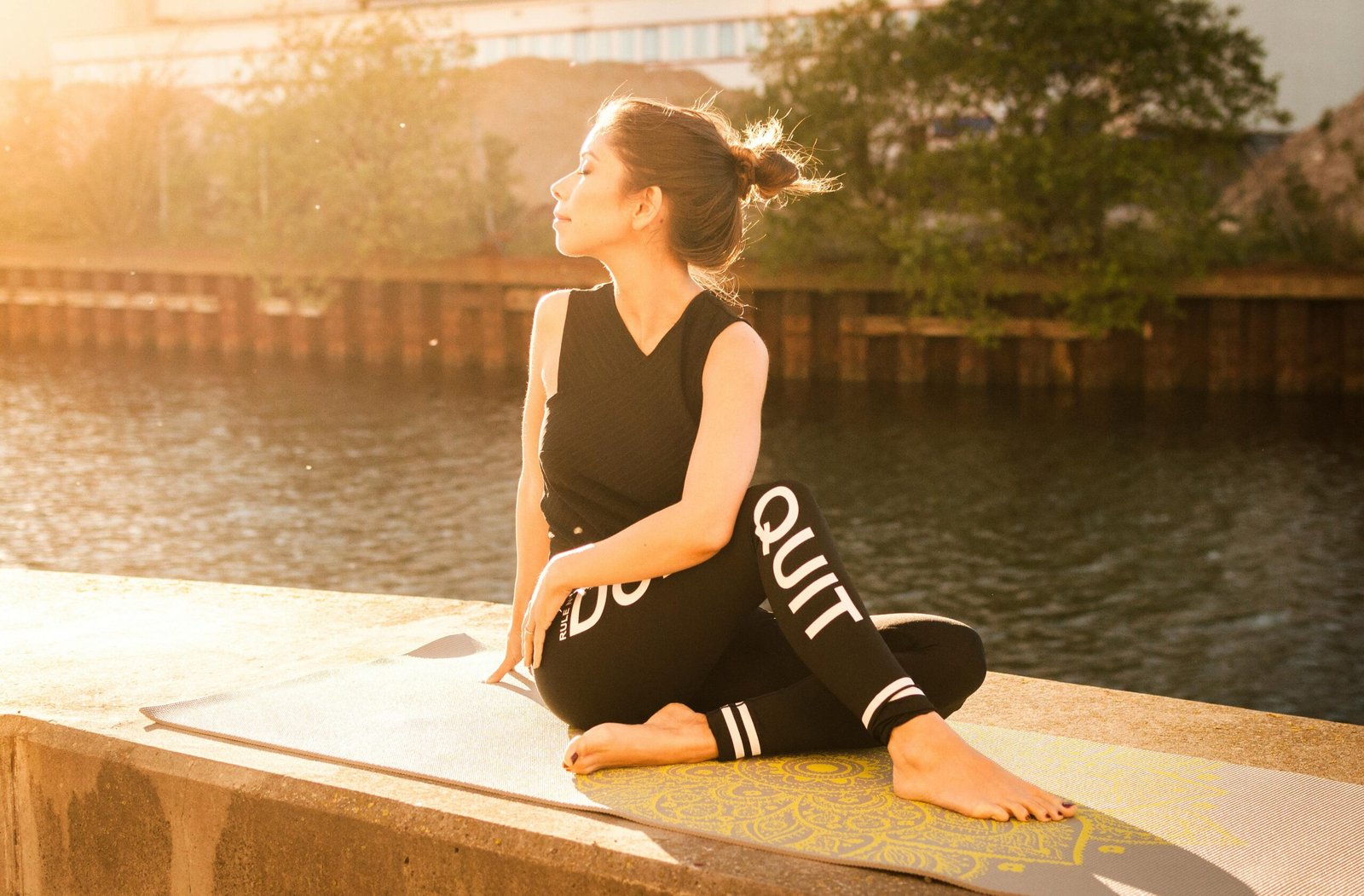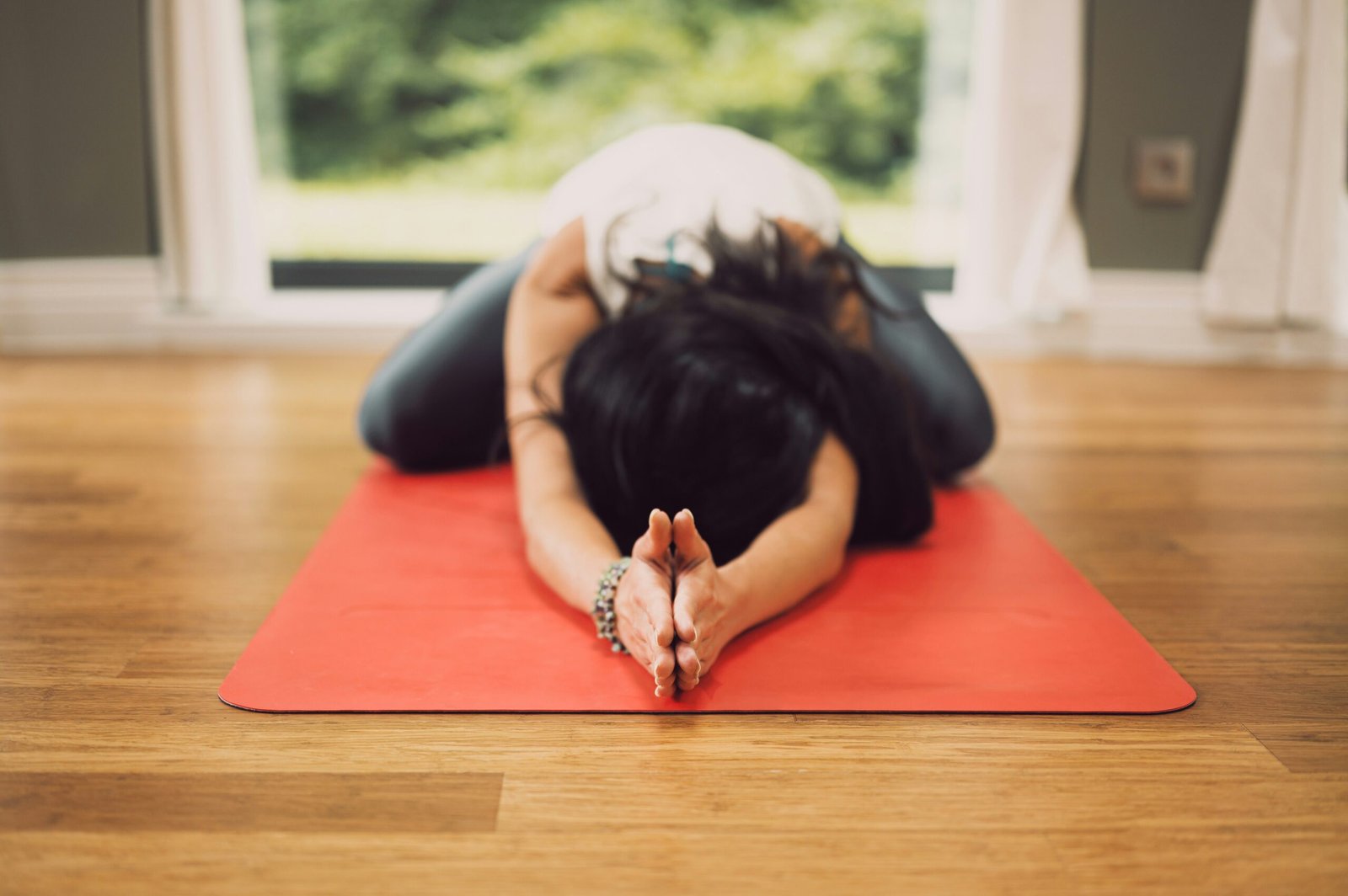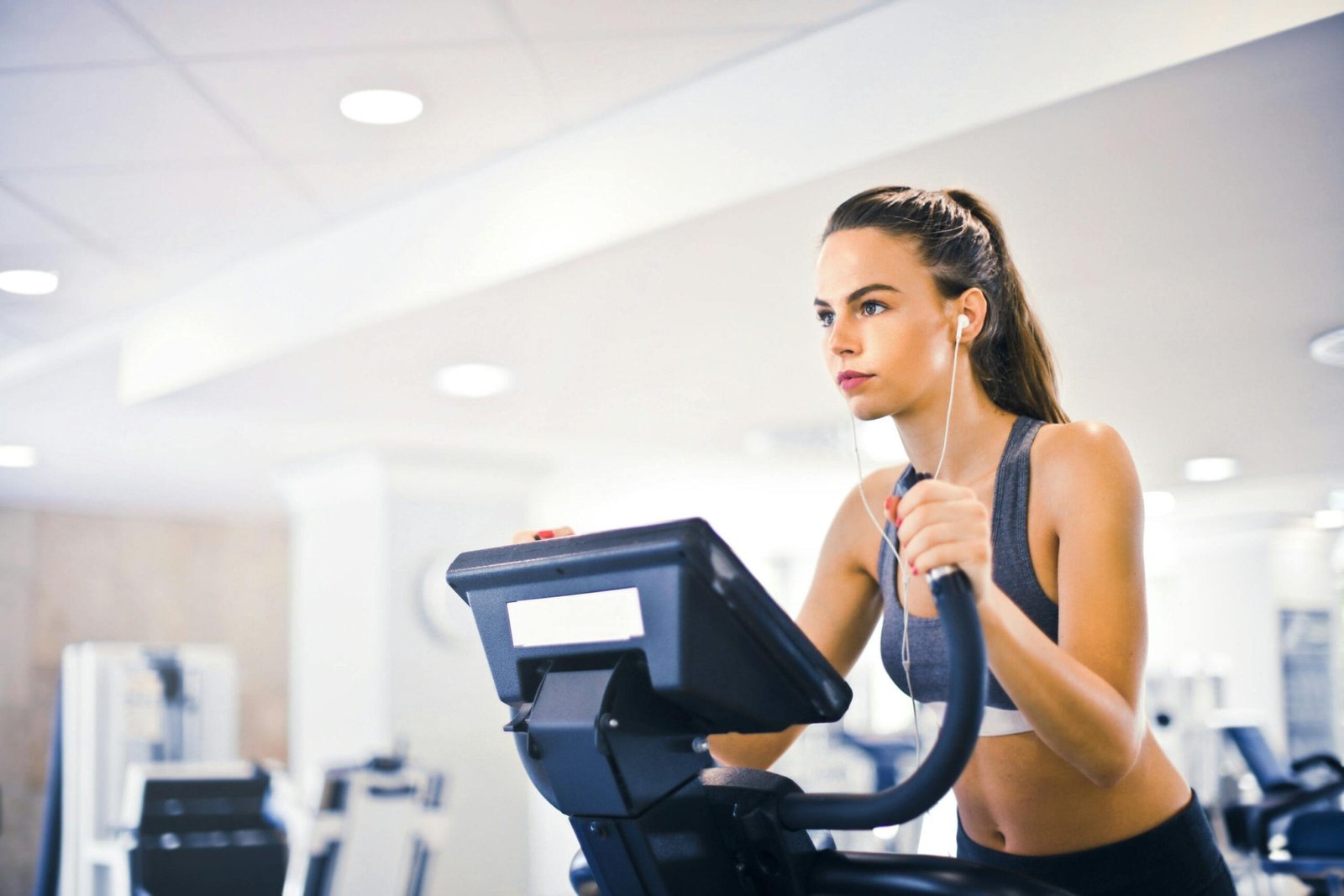This article will focus on providing an introduction to yoga for people who are new to this exercise regime.
Yoga is a mental, spiritual and physical discipline which originated from India more than 2,000 years ago. Before you begin a yoga practice, it is important to know the definition of yoga, its history, the variations of yoga, the benefits people can expect from actually practicing yoga and answers to questions that newcomers may ask themselves. This guide is a complete one for a beginner where every possible question that may arise has been answered in detail.
From the roots of Yoga
Yoga was first practiced more than 5000 years ago in the part of the world known today as India. Yoga has its origins in the Vedic texts of Hindu religion, and is believed to have been developed at least 5,000 years ago. Subsequently, the growth of schools of yoga was inevitable as yoga practice extended across India and to other parts of the world.
Yoga is practiced and recognized as a significant aspect of Hinduism, Buddhism, and Jainism to this present time. It has also been widely adopted in different parts of the world as a form of practice that does not require religious beliefs but rather promotes health, fitness, and well-being.
There are several types of yoga but let us look at the basic types of yoga that a beginner should undertake.
Yoga today has several forms and variations, and it is easy for a beginner to find a form of yoga that will suit her or him best. Hatha yoga is one of the most popular as it is slow moving and is designed to assist students in learning the fundamental positions, the fundamentals of yoga breathing, and building strength and balance. Vinyasa yoga synchronizes the asanas to the breath and as they are performed in a continuous manner.
In Iyengar yoga, props such as blocks and straps are employed so that the students can be placed right into the right positions. Derived from the original system of yoga, Bikram yoga is practiced in a hot room and involves 26 specific postures. However, it also offers power yoga, gentle yoga, Yin yoga, and Restorative yoga classes for the interested clients.
Yoga postures and movements that are easy for a beginner.
Perhaps the most crucial thing about yoga for novices is to proceed step by step, starting with simple yoga poses and postures to avoid injuries and help body development. Some of the common standing poses in the beginner’s sequence are the Mountain Pose, Tree Pose, and the Warrior Pose. Sitting poses such as the Lotus Position and Easy Position also release the hips. In the all- fours position, learners can be taught different stretches for the spine such as Cat Pose and Cow Pose.
First timers should avoid overstretching their backs, thus they shouldn’t perform Downward Facing Dog, Cobra Pose, or any other back bending posture, they should also avoid over stretching the stomach but they can perform seated forward bends and seated twists.
Savasana or Corpse Pose: It is the final or relaxation pose done in lying flat on the back after the session is over.
Among the sequences that might be of interest to a newbie yoga performer, Sun Salutations quickly connect twelve primary asanas which are designed to stretch all the muscles.
Another typical series implies performing several circles: Child’s Pose – Cat Pose – Downward Facing Dog – Cobra Pose – Downward Facing Dog and again Child’s Pose as many times as needed. This helps to develop the upper limbs and legs, increase chest cavity size and relax muscles in the back, hips and shoulder through an increase in blood supply.
Proper Breathing Techniques
For instance, to practice yoga for beginners it is crucial to master the correct breathing techniques or pranayama. In Basic Pranayama breathing, the breaths are deliberately slow and deep through the nose, taking in air towards the abdomen during the inhale and fully exhaling out during the exhale. This helps to reduce anxiety and tension in the nervous system. Some of the other breathing techniques that one can practice as a beginner are the Ujjayi breath that produces an ocean sound and the three-part breath that partitions the in and out breaths into lower abdomen, chest and collar bone motions.
Movement with breath and the idea of paying attention to the breath also aids in the yoga students ability to modulate muscle contraction/release and relaxation alongside the yoga poses and transitions.
Meditation for Beginners
Yoga has a combination of relaxation and mindfulness methods that are usually practiced at the end of exercise from asana poses. To some yogis who have no previous meditation practice, simple Anuloma Viloma or breath focus meditation can most easily be adopted. Students can either be taught to find a comfortable position and then focus on the breath while closing their eyes for a period of 5- 15 minutes while thoughts are allowed to come and go without any attempt of changing them. Furthermore, the items usually used include guided meditations, body scan, mantra, or visualization can offer more focused introduction.
This paper seeks to find the benefits of meditation before, during, and after yoga, and the results included enhanced consciousness, better focus and attention, enhanced positivity, and reduced stress.
Useful advice for a beginner that wants to begin a yoga practice.
Here are some tips that are useful for a beginner in yoga in order to practice yoga without any injuries and make it to their routine. Participation in the novice classes helps the new students to learn how to execute various forms correctly. Consistency is far more effective than operating in spurts, e.g. 45 minutes then nothing for 5 days or a week. Recording practices and how certain poses feel, and later revisiting them also aids in tracking slight progress.
Descending gradually without exerting force and incorporating various tools facilitates an understanding of the correct posture.
This is because focusing on muscle contraction generates some form of stability. Therefore, this theory simply tells you that not extending your muscles beyond the current flexibility is a way of avoiding an injury.
Finally, avoiding self-comparison to other beginning yoga students and paying attention to their own feelings and sensations will have a positive impact on a new yoga learner.
Yoga and the Strengths of Practicing It Daily
Starting and maintaining a routine of practicing yoga can provide numerous psychological, social, and physiological benefits. Yoga also changes the body’s strength, balance and flexibility for the better in the physical sense. It might also help with weight, chronic pains, sleep disorders, and certain diseases. Physically, yoga has a lot of benefits such as stretching muscles and bones and helping to prevent or alleviate back pain, arthritis, and many other ailments.
Mentally, yoga results in better understanding and acceptance of one’s self, positive feelings about the self, and empathy. In as much as the aspects of mindfulness may be associated with spirituality they shed light on the self.
On balance, yoga provides the novice with a method for improving his or her wellbeing across the various aspects of life, ranging from physical structure to emotions and cognition.
Yoga is a set of physical, mental, and spiritual practices designed to ensure peace and well-being of the individual.
Q: Ideally, what would be the frequency of practicing yoga for a beginner?
A: As a beginner, it is wise to schedule at least 2-3 days of yoga practice in a week, taking about 20 to 60 minutes of practice each time to let the body adapt gradually. Ideally, you can use it in 10-15 minute intervals but it can be very effective even if you have only a few minutes in between meetings.
Q: What yoga exercise is least dangerous for a beginner?
A: The first-time practitioners, especially those who have never practiced yoga at all, should practice mundane, easy yoga postures that are easy to achieve and perform mostly when lying down, sitting, on their hands and knees, standing or simply slightly bending forward or backward. Some of the most recommended poses are Child’s Pose, Cat Pose/Cow Pose flows, Downward Facing Dog, Forward Fold, Cobra Pose, Bridge Pose, and simple standing poses. Instructor guidance with time is the right approach to practice more advanced poses efficiently.
Q: Which kind of yoga is useful for me as a beginner?
A: Hatha and Iyengar yoga involve basic sitting and standing postures with correct body positioning and with the help of stones or ropes respectively; they are safe for learners. Slow moving, easy stretching classes are friendly and include elements of restorative yoga. The vinyasa flow levels are classified depending on the intensity, if you are new, tell the instructor so that they can guide you into choosing the appropriate speed of the class.
Q: Should I perform yoga independently, or should I visit classes as a beginner?
A: Both are good – it is even better to attend an actual class since instructors can correct the form and suggest certain sequences. However, home practice with yoga videos or apps enables one to progress at their own rate, but it does not include individual guidance. Most people practice both in the studio and at home, so they can get a good mix of both.
Q: Is it possible to do yoga if you are pregnant, or if you have any injuries or other health problems?
A: Yoga is safe for most people but certain conditions require approval from a doctor, such as pregnancy, injury or health issues. Sometimes, prenatal or therapeutic yoga is a mild form that practitioners are encouraged to engage in after receiving a medical okay; however, directions could be provided by a prenatal or therapeutic yoga teacher.
Q: As a beginner, what other accessories does one need to buy in yoga?
A: Another post-sculpture consideration is the use of interlocking rubber-like thick yoga mat to minimize slipping. Yoga pants and tank tops are the flexible clothes which let one examine alignment and physical activity. Some other equipment needing mention is the yoga blocks and straps which help in balancing especially in the beginners’ movements until the stretchability is enhanced. Any of the following are chosen by the performer based on their preference and liking except for the mat to start with.
Q: Is yoga useful in order to lose some weight?
A: Though it falls more under stretching and toning, yoga assists in weight loss by helping you build lean muscle tissue that increases the number of calories you burn every day. The other component of the programme also enhances the aspect of healthy eating. New dietary practices might be necessary in addition to other, slower, forms of movement like yoga, if one is aiming for weight loss in the long-term. Measuring progress through body measurements or even sharing the before and after kind of photos is useful in addition to the weight.
Q: What should I anticipate as a first time exercising with a beginner yoga class?
A: Generally, the first yoga exercises that are taught in a new yoga course are basic warm up exercises followed by sitting, lying down, all-fours, and standing exercises. It is understood that as with most yoga practices, you have to go through several rounds of the Sun Salutations. The class concludes with sitting down and stretching, followed by Savasana or relaxation. The instructor will provide recommendations of how to adjust certain poses based on one’s ability or preferences. Tell them before the class that you are new so that they spend more time showing and making sure that you are doing it right.
It is not necessary to strive for the perfect body alignment or to master complicated asana – just pay attention to how a certain body pose feels from completion to the next, move with ease and continuity to the breath.
The basics of starting a yoga practice and the stages of practicing yoga.
It is an art that has to be approached freely, time effectively utilized, and the mind cultivated to offer maximum commitment as well as patience. Do not compare yourself with other students or expect sudden and profound change from one night to the next in flexibility, strength, and ability to achieve more complex poses.
As such, it is wiser to establish a consistent practice even if it is for short periods, 5-10 minutes a day, and then use props to help the body get into the right position initially, progress through movements mindfully at one’s own pace following the breath, and avoid straining through to the ranges of discomfort.
Paying attention to the actual self and practicing truth in the presence while gradually building up the effort over months as well as years is highly beneficial on as well as off the mat.
Recording things in terms of measures, diaries, or photos is important because it aids in identifying improvements when it is difficult to see them from session-to-session, such as instances when there is no significant loss of weight, reduction in inches, or major accomplishments.
It takes a while before muscles, bones, joints and tendons get strengthened and aligned accordingly to achieve right body positioning, breath control, and muscular relaxation, always best to inculcate the correct posture, breathing and right relaxation from the start through books, videos or a beginner’s yoga class.
Gradually, other forms and aspects of yoga such as meditation, pranayama breathing exercises, and reading the philosophies of yoga can be integrated so that the beginner can progress on his or her own journey through yoga at the right pace.







One comment on “The Ultimate Guide to Yoga for Beginners”